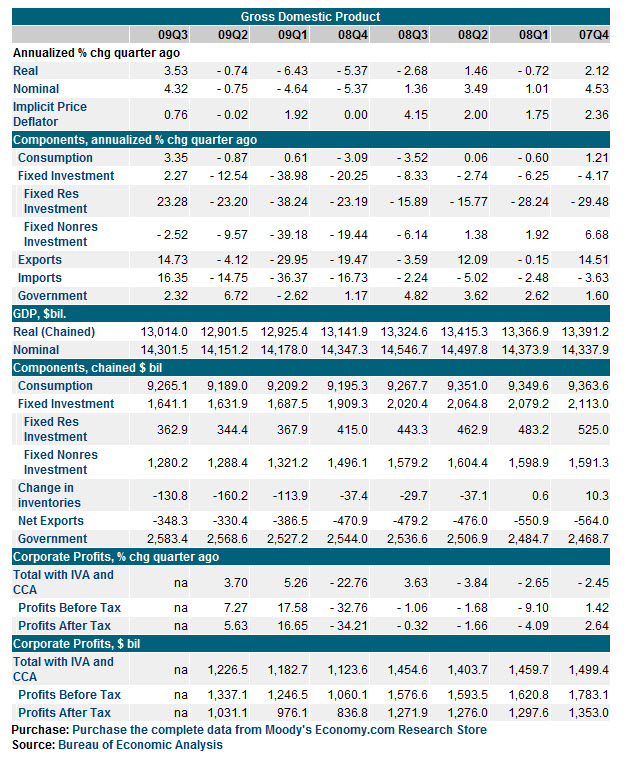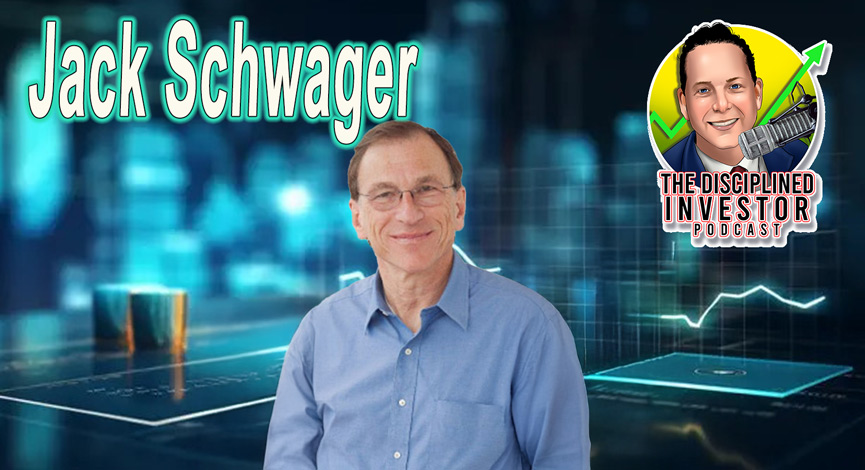From Dismal.com, with comments below each section:
The expansion of real GDP in the third quarter is the clearest indication yet that the deepest recession in the U.S. since the Great Depression is now over. However, the recovery remains very dependent on support from fiscal and monetary policy.
Of course we have seen some benefits from the stimulus, but not enough. Between the red tape and the pork it is estimated that only a fraction of the 50% that is said to have been utilized ever stimulated.
The economy expanded in the third quarter, the first increase in more than one year. Consumer spending saw the largest gain since the beginning of 2007, but much of that came from the cash for clunkers program that boosted auto sales. Homebuilding contributed to growth after 14 straight quarterly declines, but again, much of that came from a federal program, the first-time homebuyer tax credit. Business investment contracted at a much slower pace in the third quarter, and inventories provided a boost. Net exports were also a positive as the global recovery got under way.
It is very clear that most of the buying has been dependent on foreclosures, discounts and other incentives. That is also why we are still mired in a deflationary trend that is weighing on any real expansion. How do we go from a position of stimulus and incentives to demand and growth? How can we begin to raise prices with so consumers bargain hunting?
The economy will continue to expand in the near term, but growth will be weak. The end of cash for clunkers is weighing on auto sales, and the overall impact from the fiscal stimulus passed earlier this year is fading. Business investment should pick up, and inventories will add to growth over the next few quarters as firms restock in response to stronger demand.
The end of the cash for clunkers actually put the brakes on auto sales. Steel companies shares took a nosedive this month as inventory rebuilding is actually occurring at a much slower pace than expected.
The key remains the labor market. If consumers are to sustain their gains in spending, the labor market must start to improve soon. Net job gains should resume in early 2010 and lead to a sustained improvement in consumer spending later next year. However, the unemployment rate will still rise above 10% before peaking in the middle of 2010. Real GDP growth will accelerate in the second half of 2010 and through 2011, absorbing the slack in the economy. Still, it will take years for the economy and labor market to fully recover from the recession.
Should we even comment about this?
Below is the detail of the GDP number:
Disclosure: Horowitz & Company clients may hold positions of securities mentioned as of the date published.

















